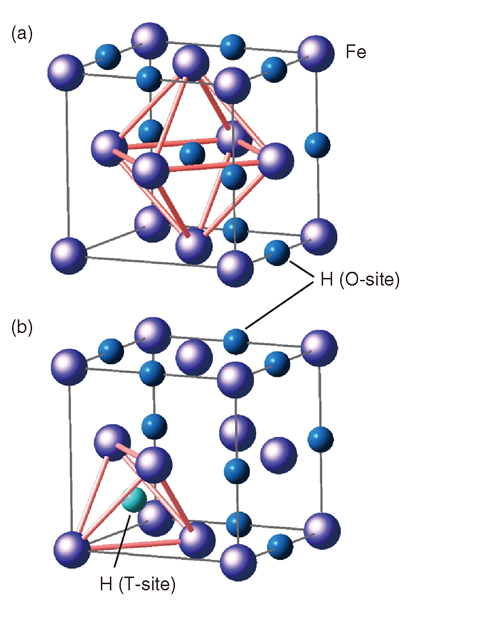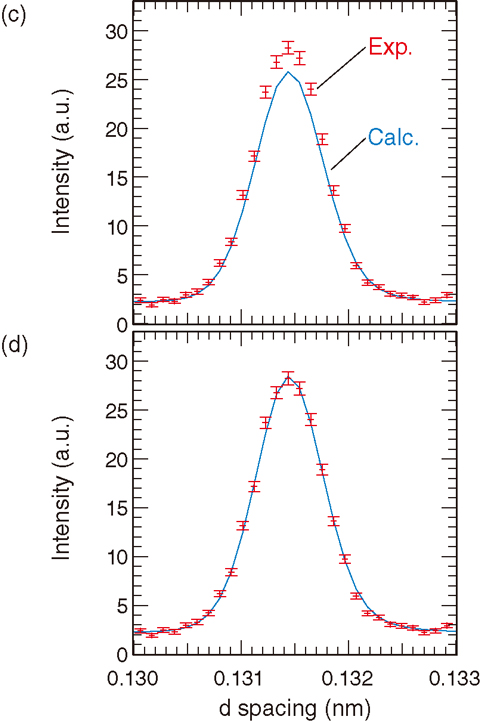
Fig.5-15 Structural models of FeDx with an fcc metal lattice

Fig.5-16 In situ neutron diffraction profile at 988 K, 6.3 GPa
The hydrogen (H) occupation state in a metal lattice provides important information concerning some properties of metal hydrides, such as their stability. It is well-known that slightly dissolved H atoms induce changes in the mechanical properties of a metal. In addition, the crystal structure and physical properties are changed by high concentrations of H atoms in a metal lattice. The high H-concentration state in an iron (Fe) metal lattice is realized only at a high H2 pressure of several GPa. Hence, it is difficult to experimentally determine the H-occupation state. In this study, we have investigated the H-occupation state of a face-centered cubic (fcc) iron deuteride (FeDx) using in situ neutron diffraction measurement.
The high-pressure neutron diffractometer (PLANET) constructed at the Materials and Life Science Experimental Facility in J-PARC enables us to perform in situ neutron diffraction experiments at a pressure of several GPa and temperature of several hundred K. Based on the high-pressure reaction cell for the in situ synchrotron radiation X-ray diffraction experiment, we developed such a device for the in situ neutron diffraction experiment. The neutron diffraction profile of the deuteride is generally suitable for neutron structural analysis rather than that of the hydride; hence, we performed the in situ neutron diffraction experiment on the formation process of FeDx instead of FeHx.
At high pressure and high temperature, the Fe metal exhibited fcc structure, which has two interstitial sites available for accommodating H atoms: octahedral (O) and tetrahedral (T) sites (Fig.5-15). We succeeded in observing the formation of fcc-FeDx. It is believed that D atoms occupy only the O-sites in the fcc-FeDx; however, the refinement of the neutron-diffraction profile measured at 988 K and 6.3 GPa showed a misfit for some reflection peaks (Fig.5-16(c)). Hence, another structural model was applied for the analysis; the D atoms were accommodated in both the O- and T-sites. Using this model, the profile was well-reproduced and the refined occupancies of the D atoms in the O- and T-sites were 0.532(9) and 0.056(5), respectively (Fig.5-16(d)). We discovered that the D atoms slightly occupied the T-sites of the fcc-Fe. This result provides important information for understanding certain properties of Fe infused with dissolved H atoms.
This study was partly supported by Japan Society for the Promotion of Science (JSPS) KAKENHI Grant-in-Aid for Scientific Research (A) (No.24241032).